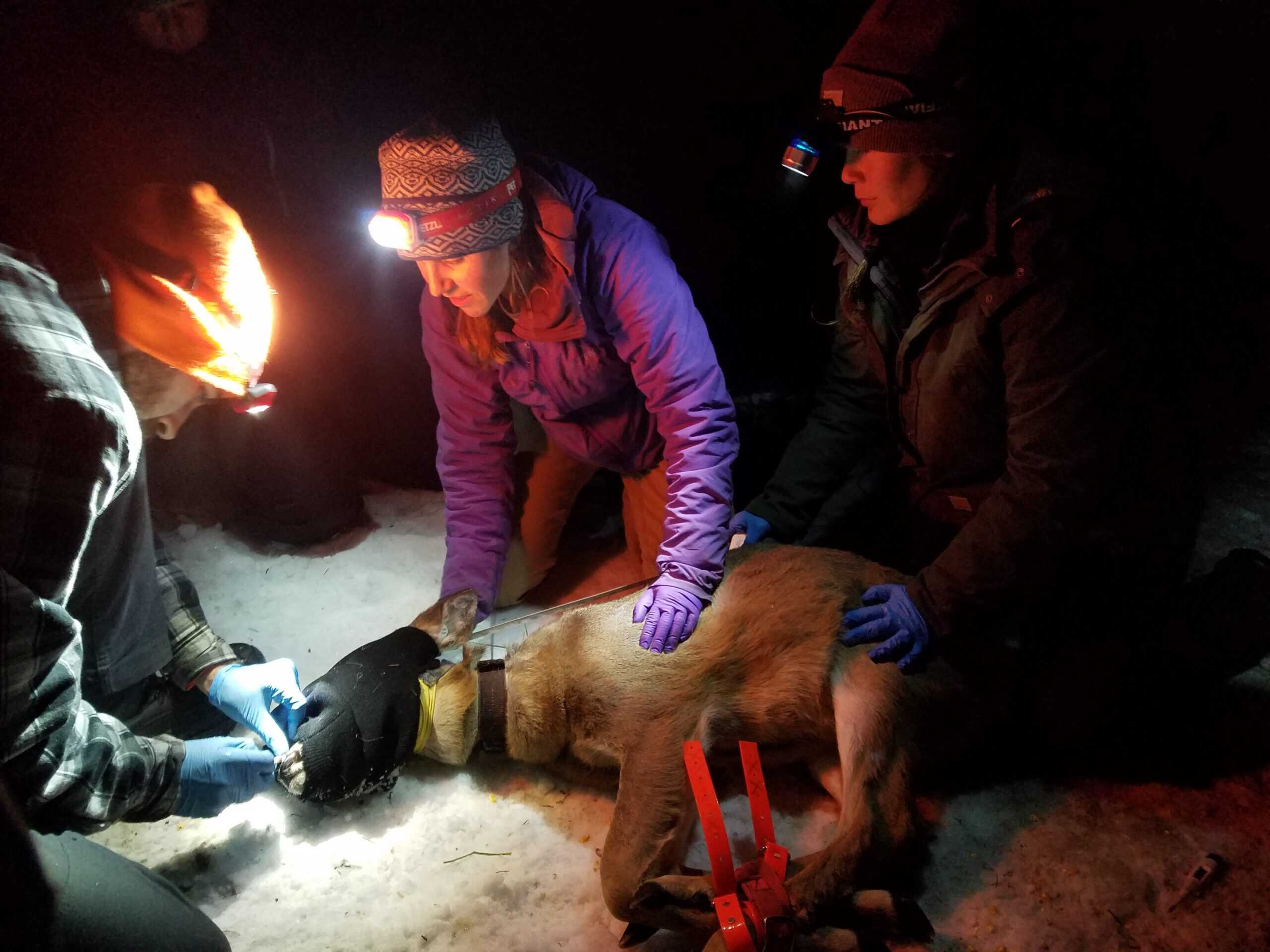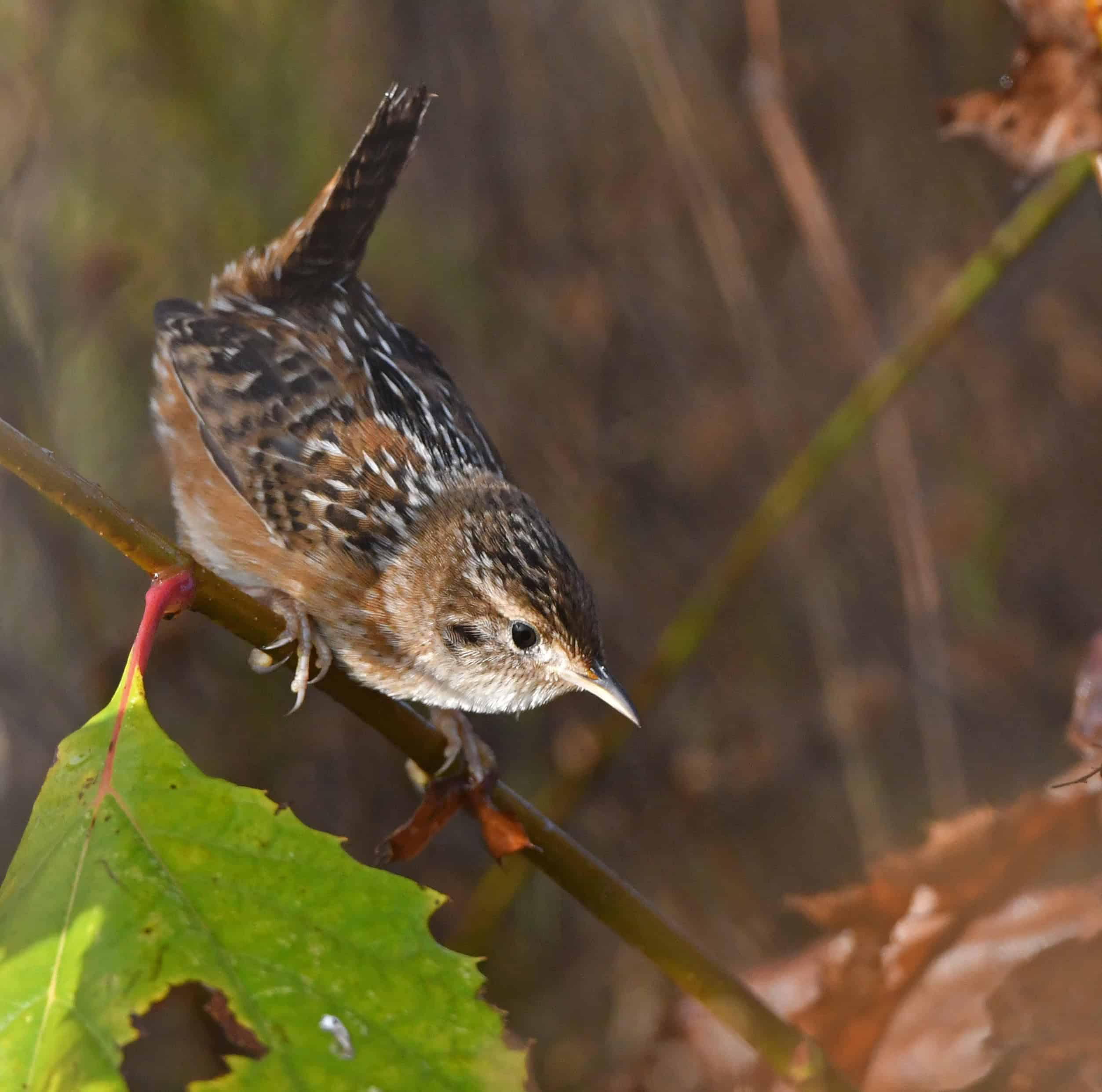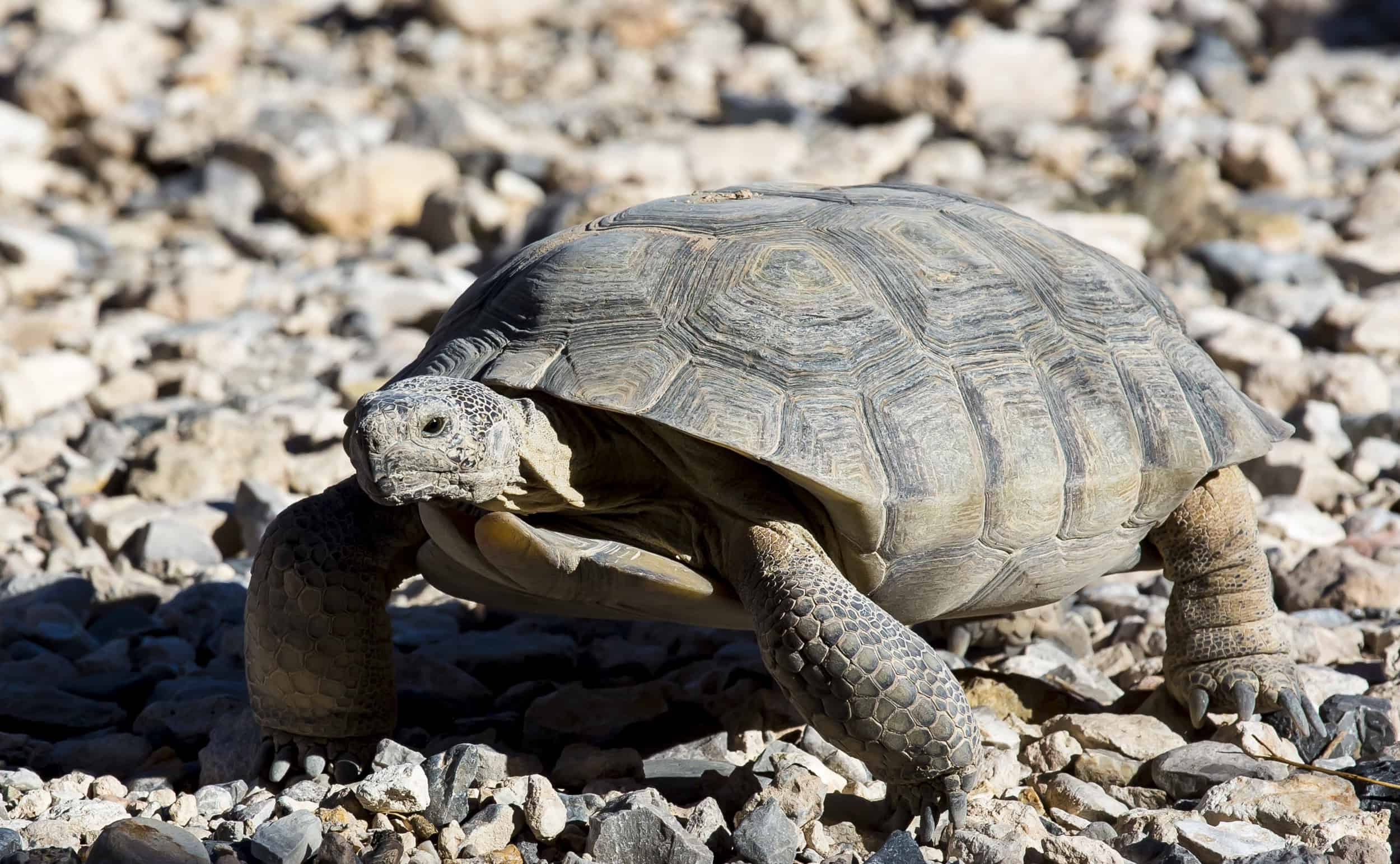Share this article
Wildlife Featured in this article
- White-tailed deer
- Gray wolf
- Bobcat
- Cougar
- Coyote
Wolves have minimal impact on deer in Washington state
Deer population size was more affected by habitat quality and cougar presence
A growing wolf population in Washington state isn’t having a big effect on white-tailed deer numbers there. Human persecution caused wolves to become extirpated from the state in the 1930s. But the canids returned as a result of conservation efforts by the early 2000s. Since then, populations have grown. Researchers wondered how white-tailed deer, the wolves’ primary prey, has responded. In a study published in Ecological Applications, researchers radio-collared white-tailed deer (Odocoileus virginianus), wolves (Canis lupus), cougars (Puma concolor), coyotes (Canis latrans) and bobcats (Lynx rufus) from 2016-2021 and noted body condition, age, whether females were pregnant, and causes of mortalities. The team found that deer were stable or slightly declining, but the reason was not wolves. The biggest factor responsible for the deer population size was habitat quality, followed by cougar presence. “Studies like this provide valuable insights about the complexity of these systems and how managing predator and prey populations is challenging and dynamic,” said co-author of the study Melia DeVivo, a research scientist with the Washington Department of Fish and Wildlife. “It’s important to continue evaluating these systems to understand the impacts of management decisions. Prior to this study, one might have expected that relying solely on wolf management strategies would result in a booming deer population, when it is clearly more complex than that.”
Header Image: Researchers collared 280 white-tailed deer to monitor their movement, survival and reproduction. Credit: Laura Prugh








